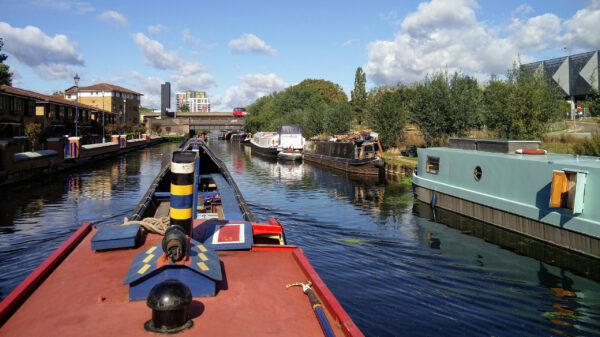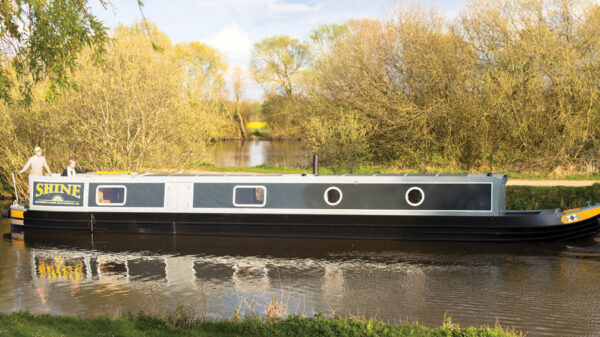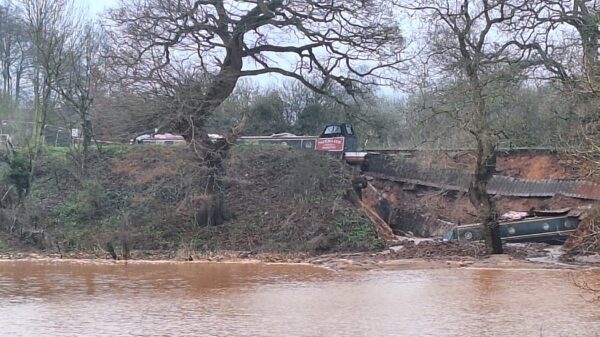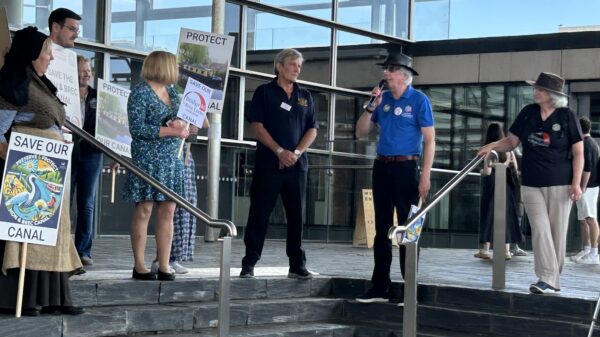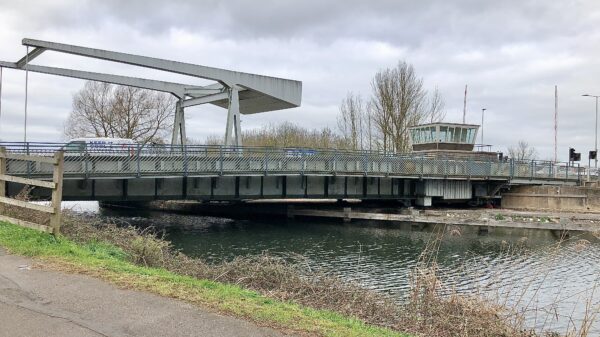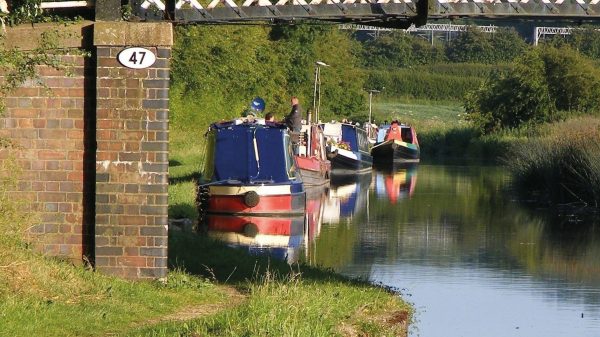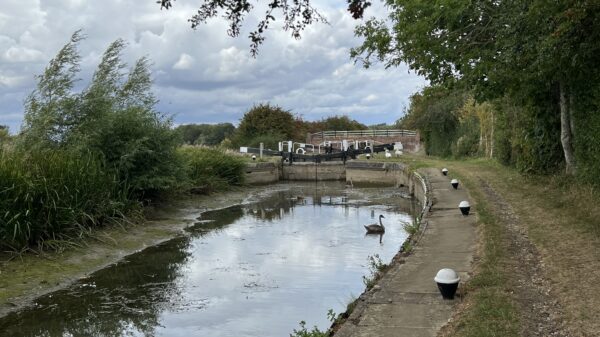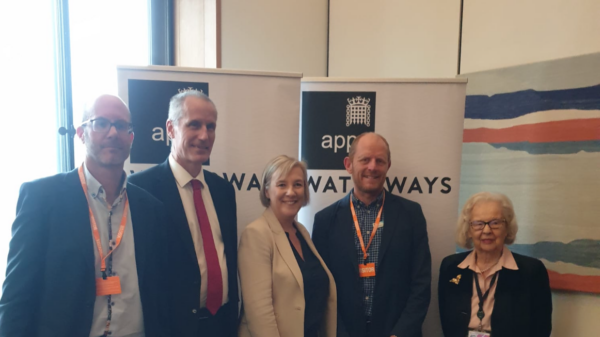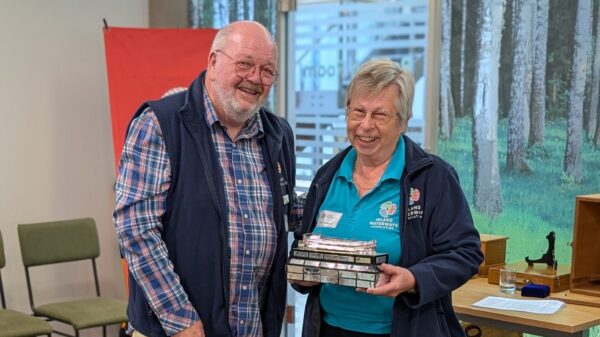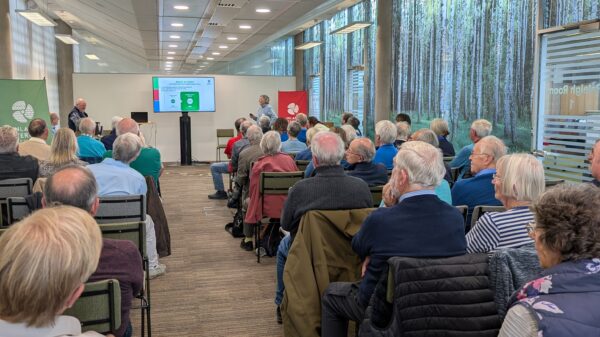Biofuels for boats
The first generation of biodiesel suffered from problems such as diesel bug and blocked fuel systems. However, second generation biofuel has none of these problems and is more than 90% carbon neutral. When ‘green’ hydrogen becomes available, this will rise to virtually 100%. As such, it looks like it will be the drop-in replacement fuel for those keen to run their existing diesel engines into a zero carbon future.
Hydrotreated Vegetable Oil (HVO) is a second generation biofuel that is gradually becoming readily available for regular commercial marine use. Whilst it is currently still a more expensive fuel option, IWA is campaigning for tax cuts to reduce the cost of HVO for boaters.

